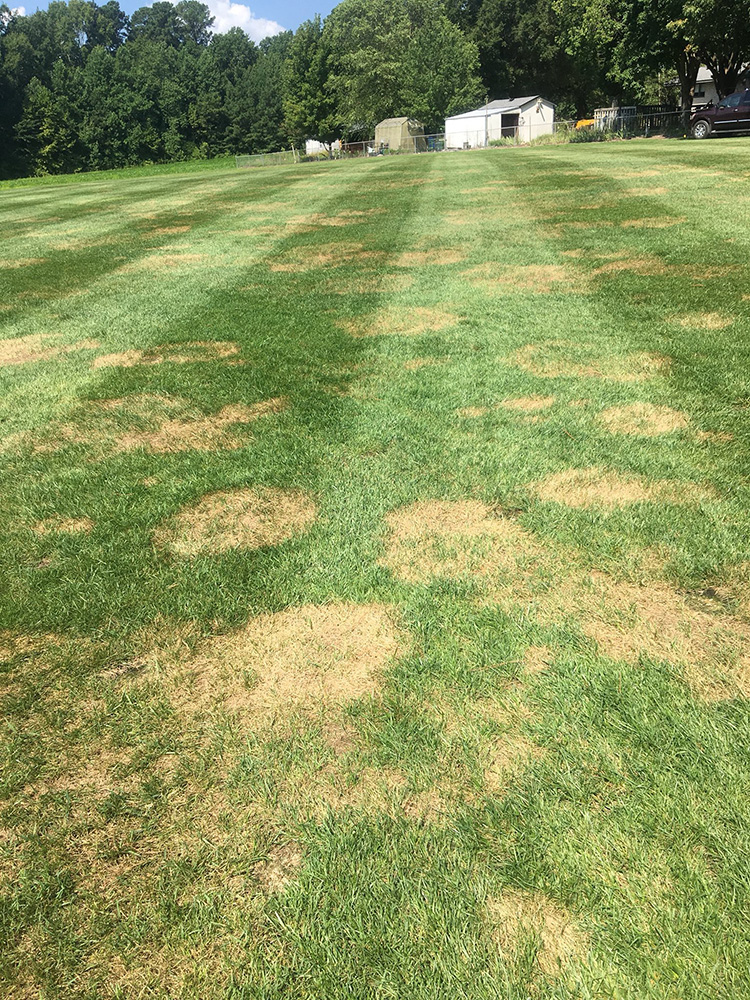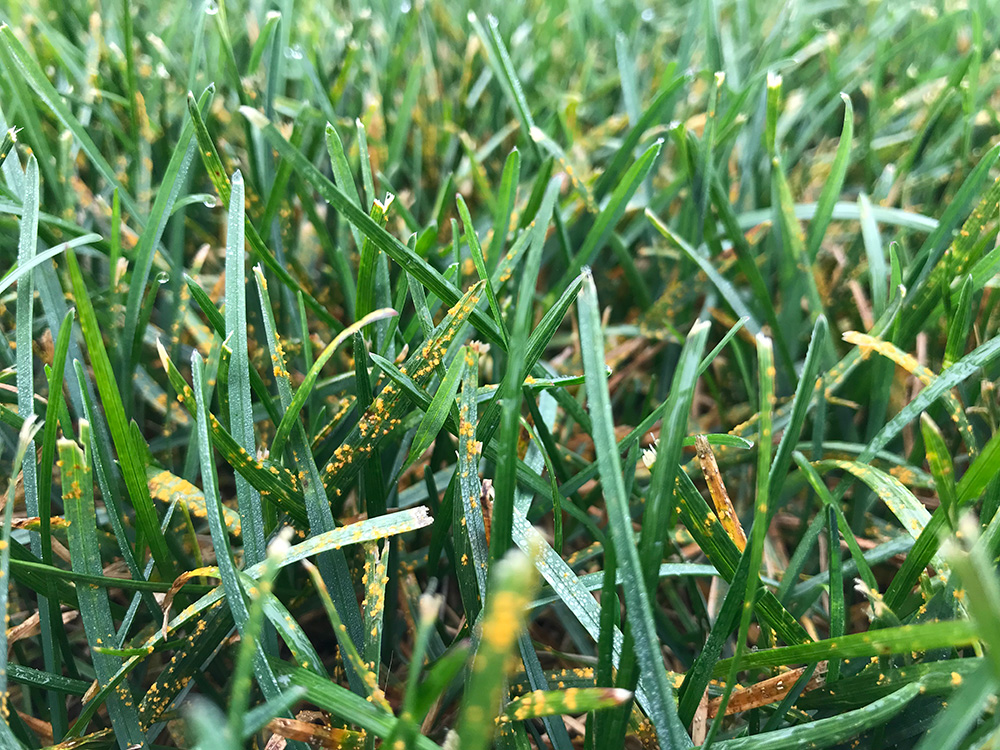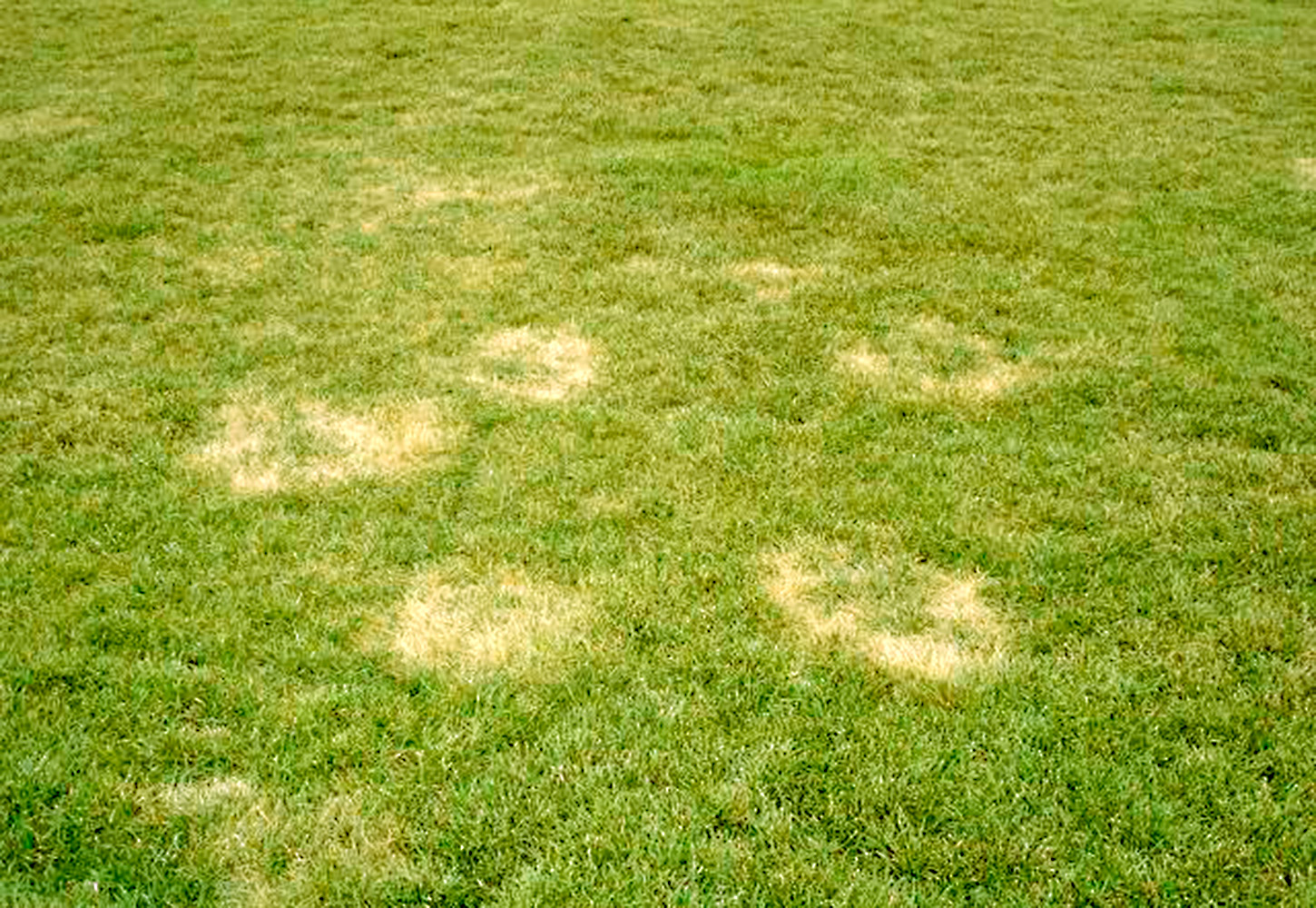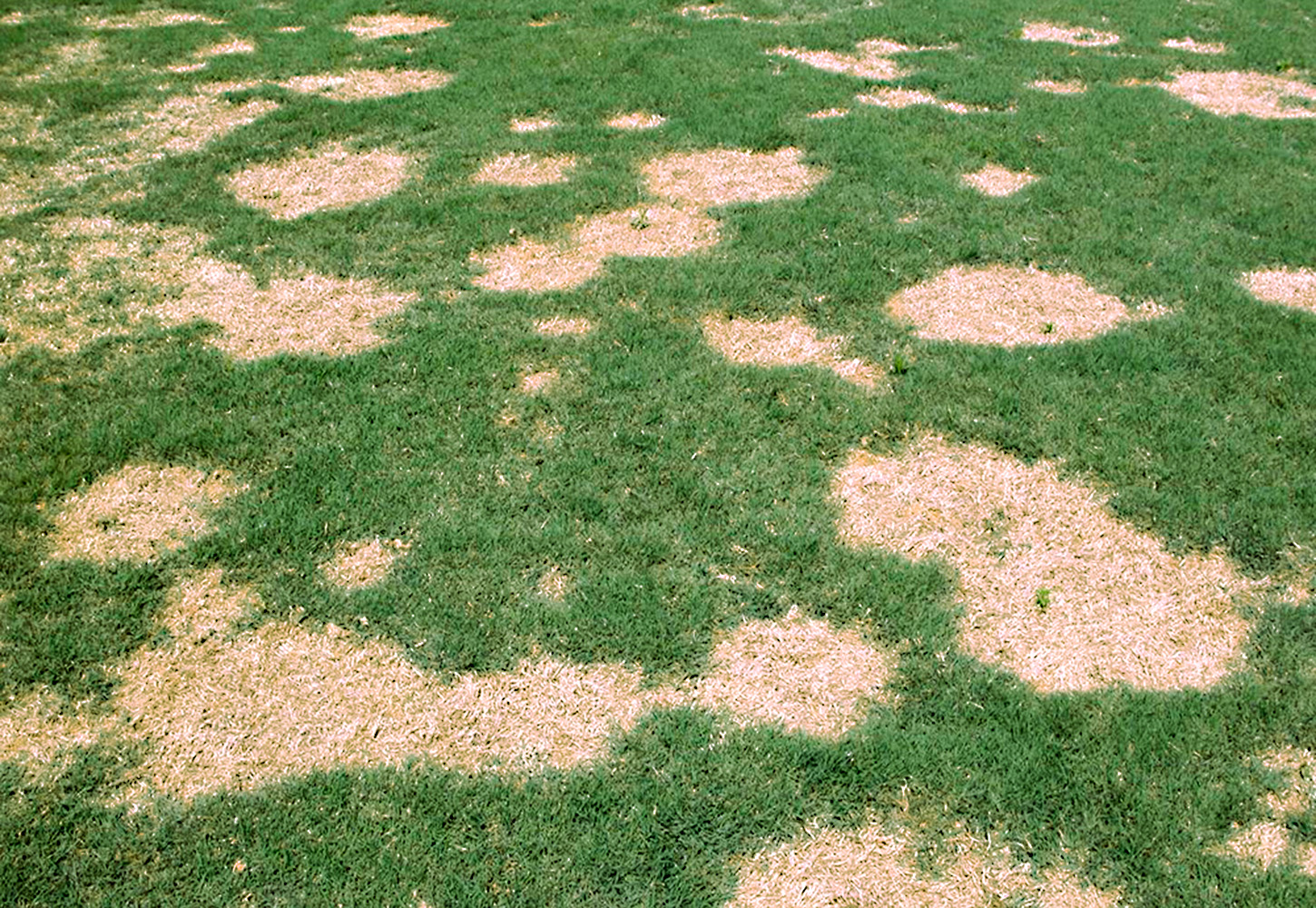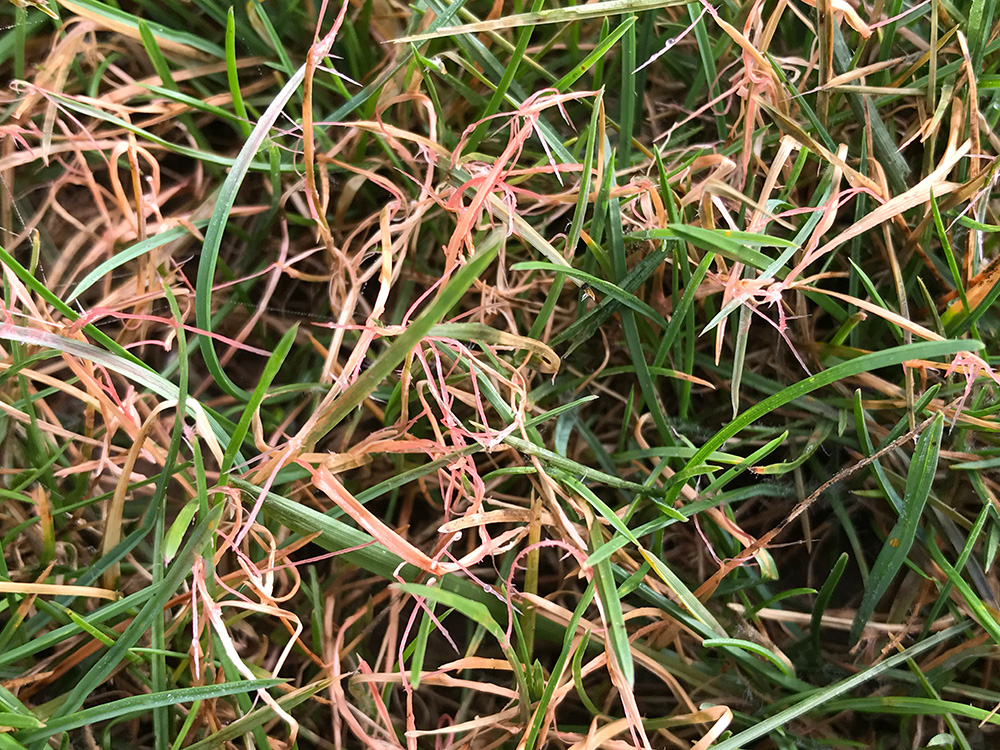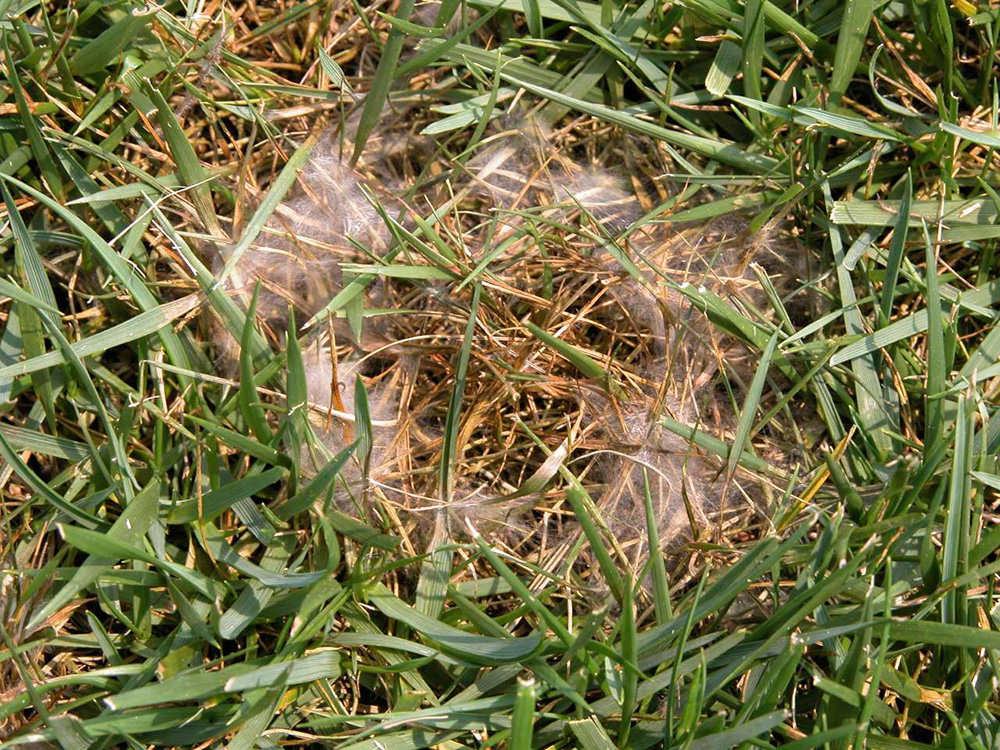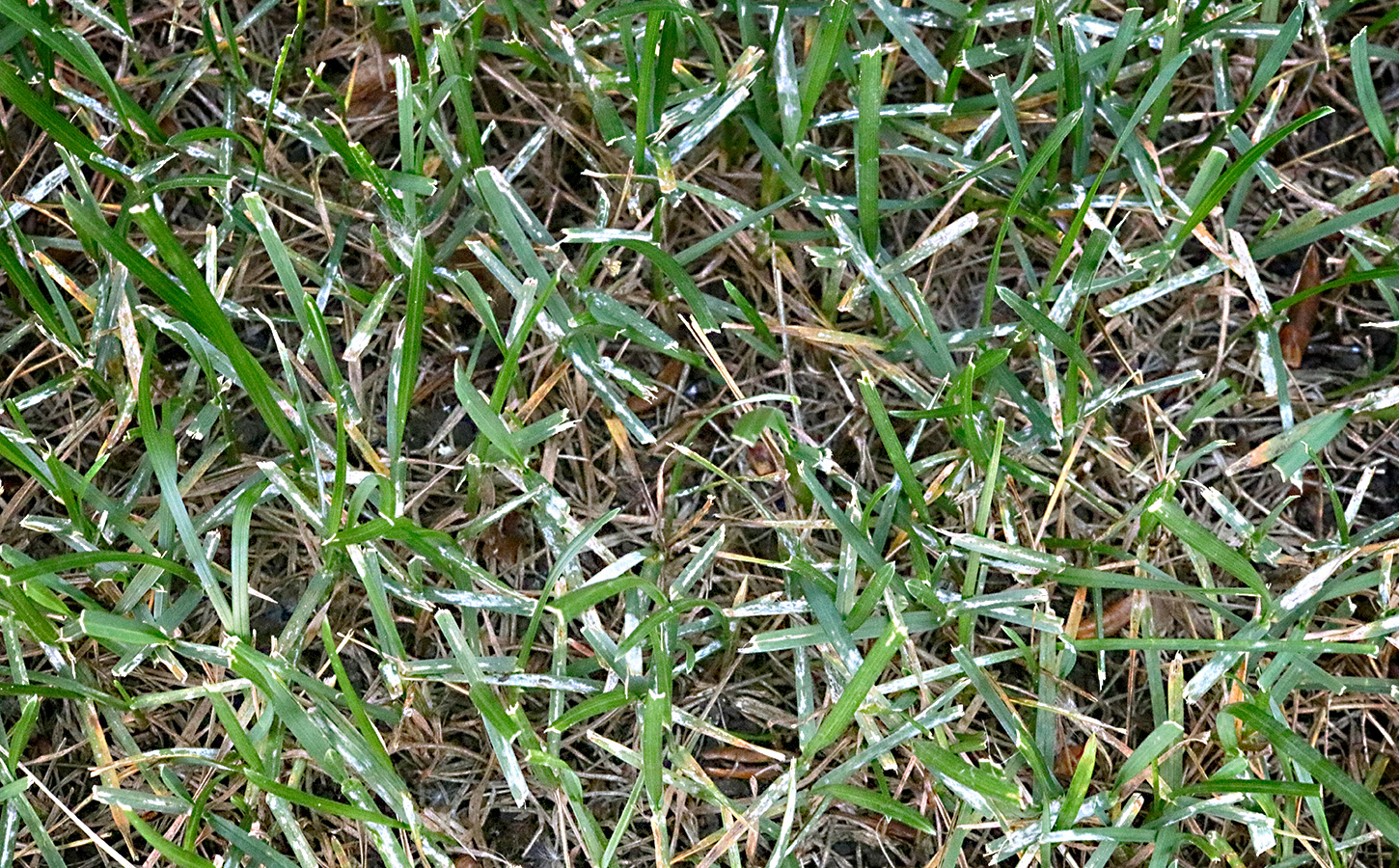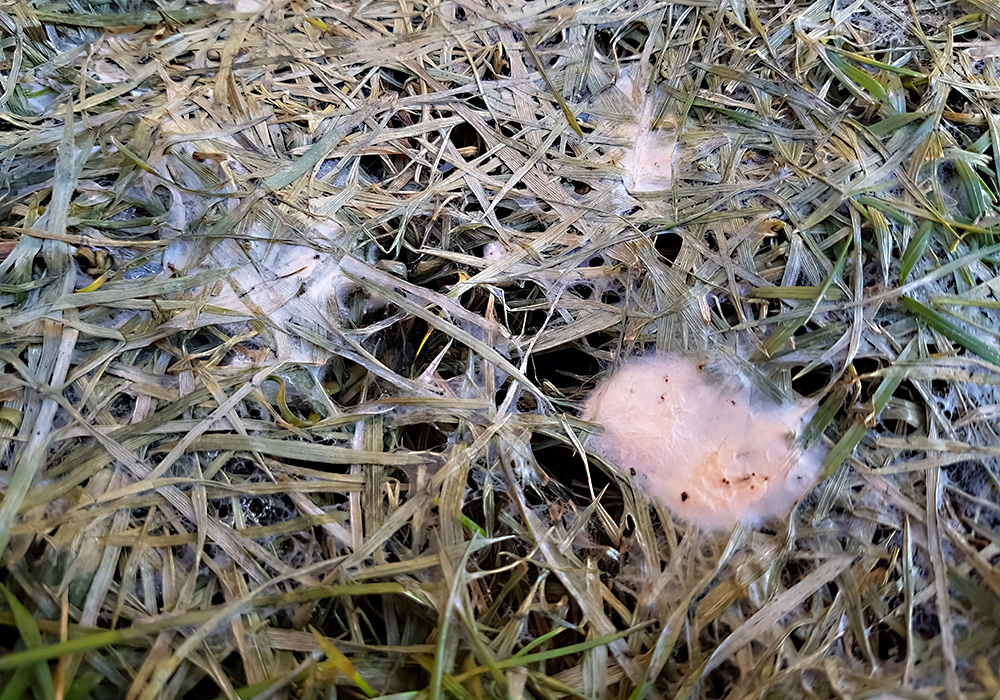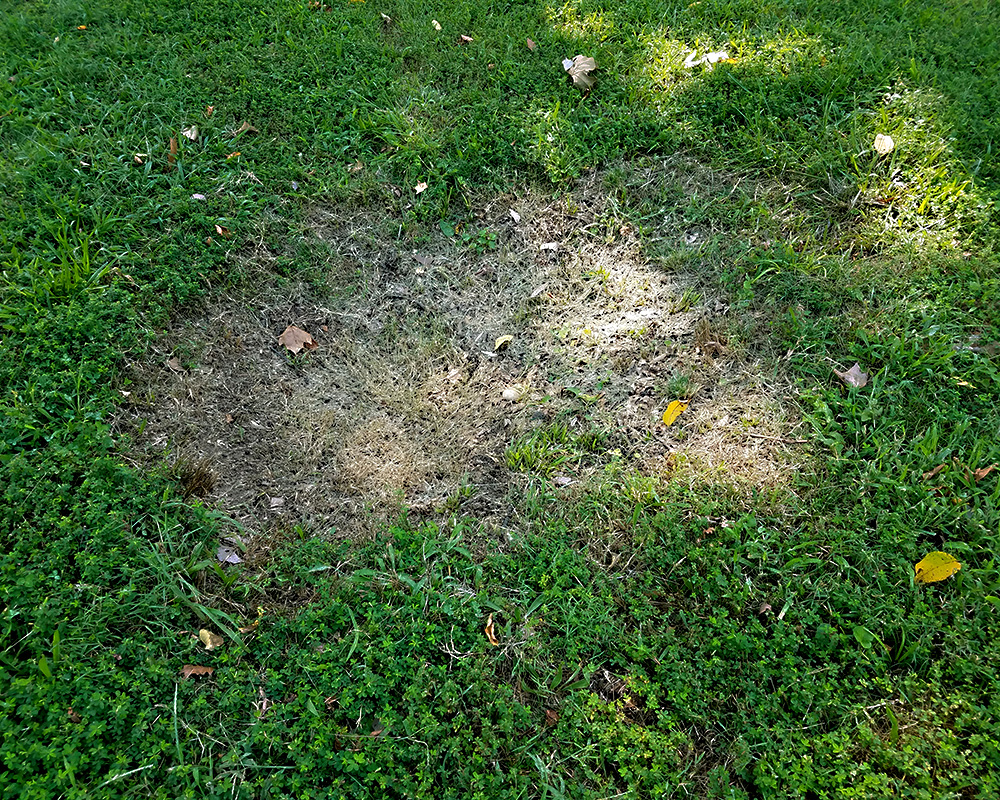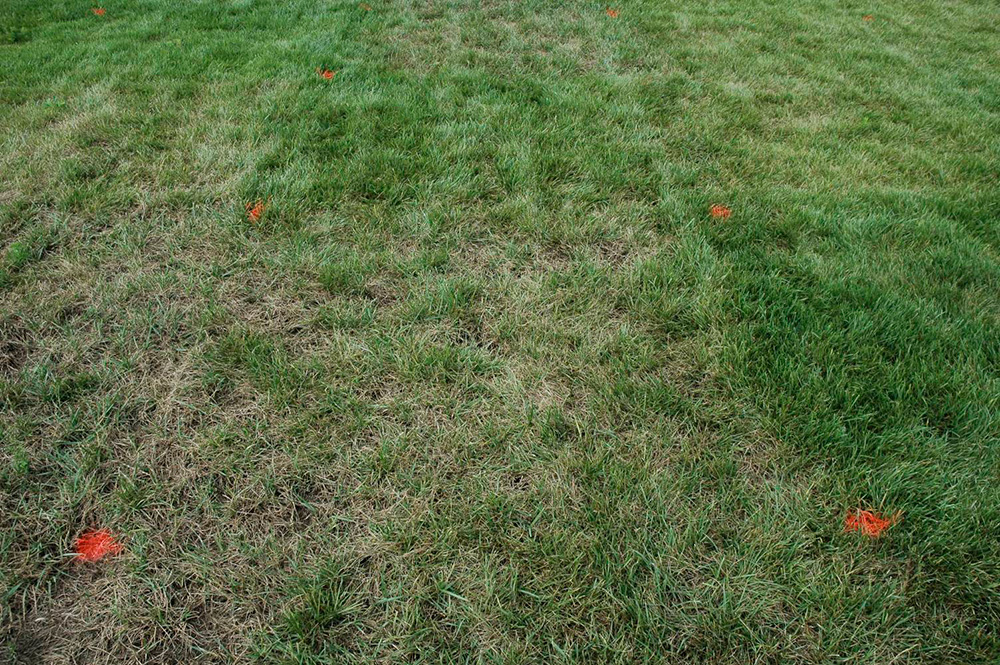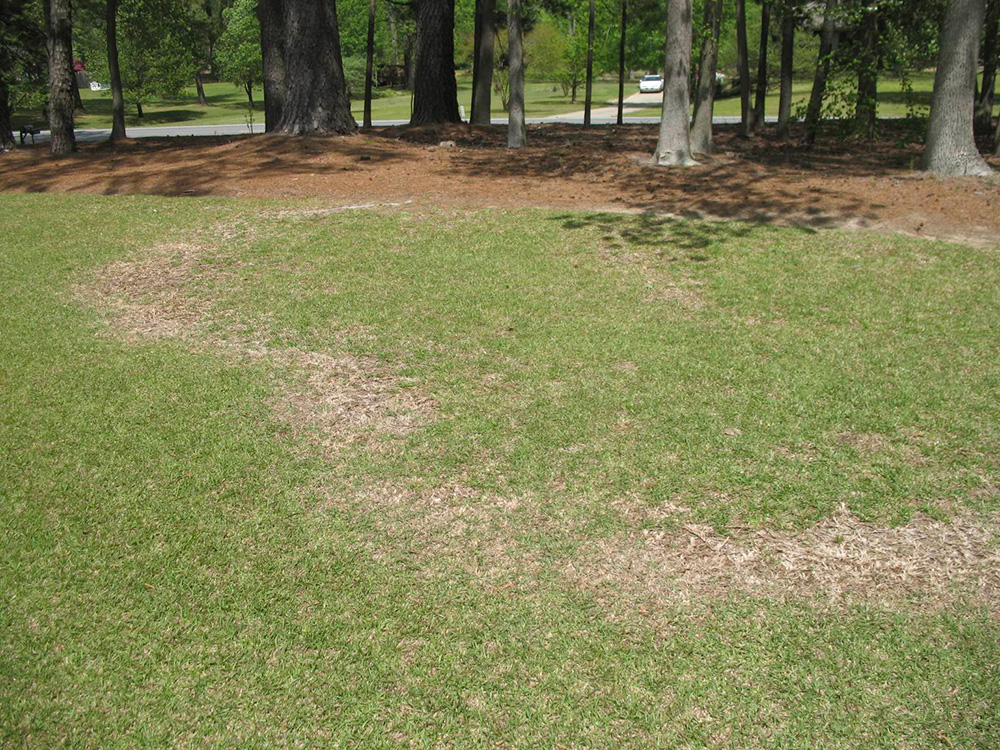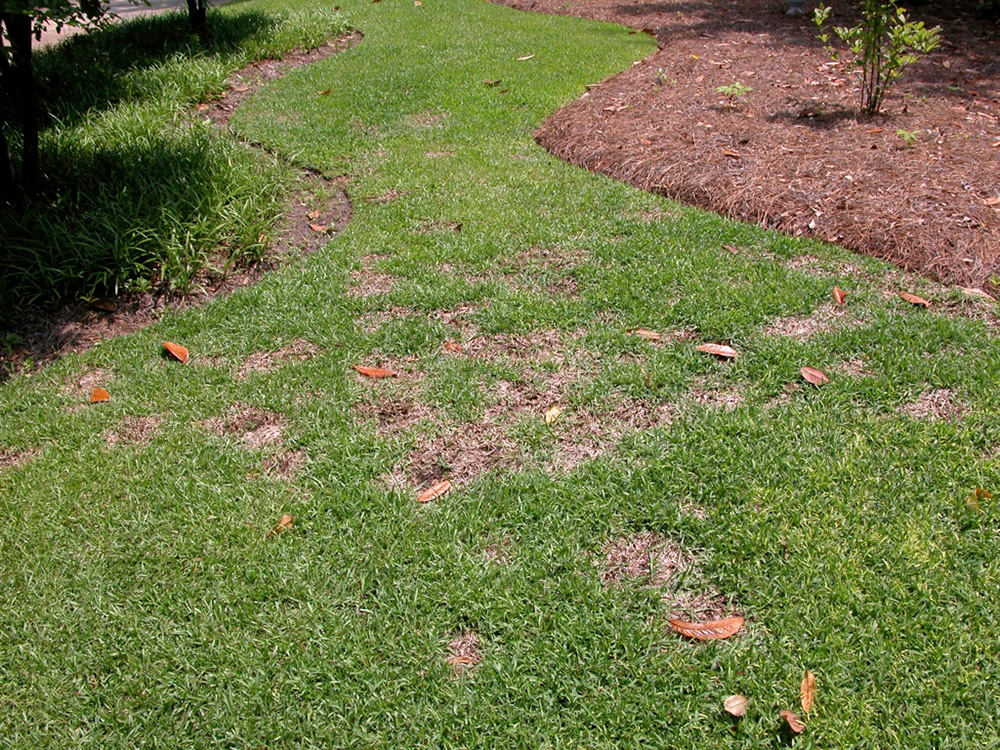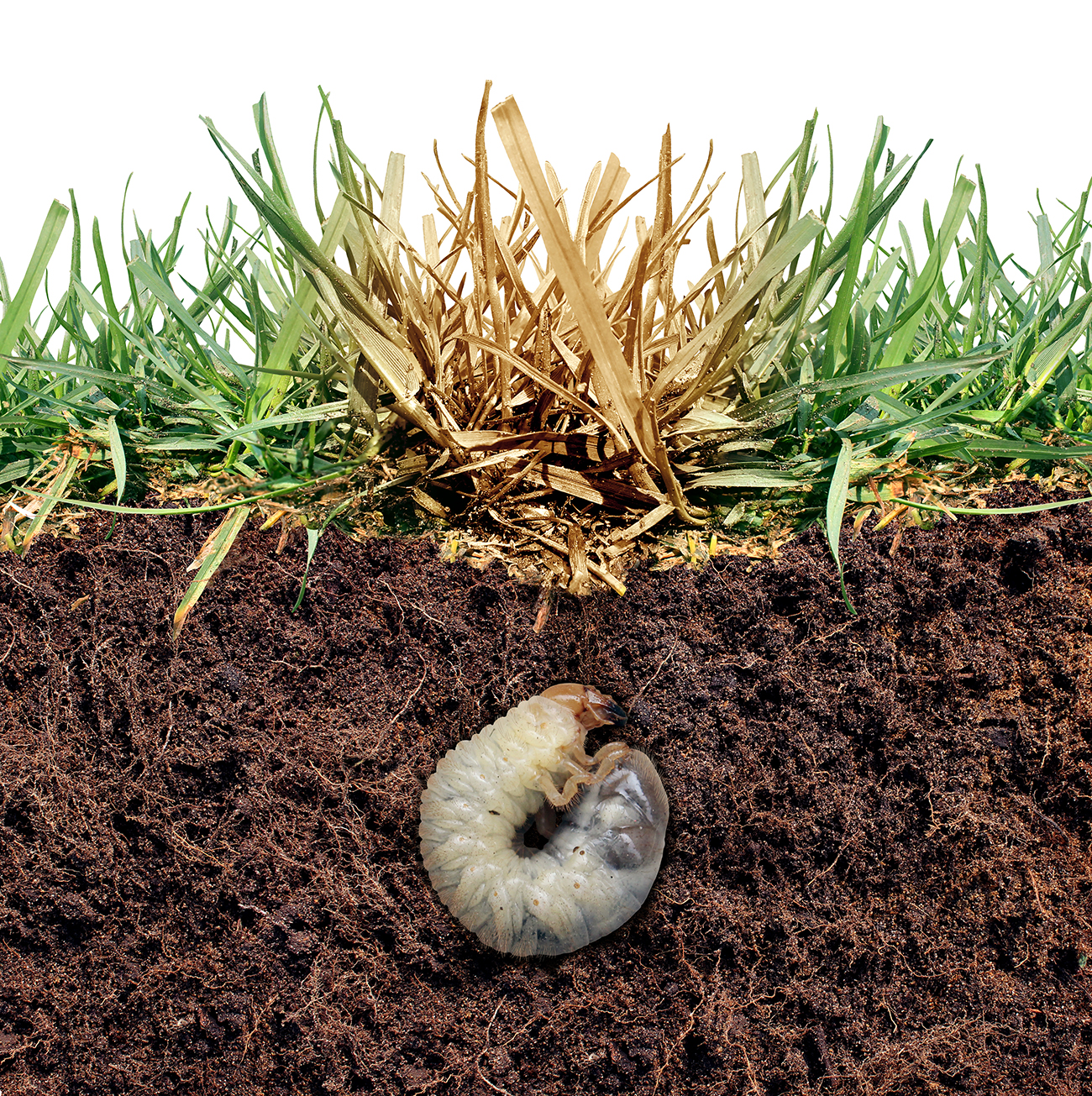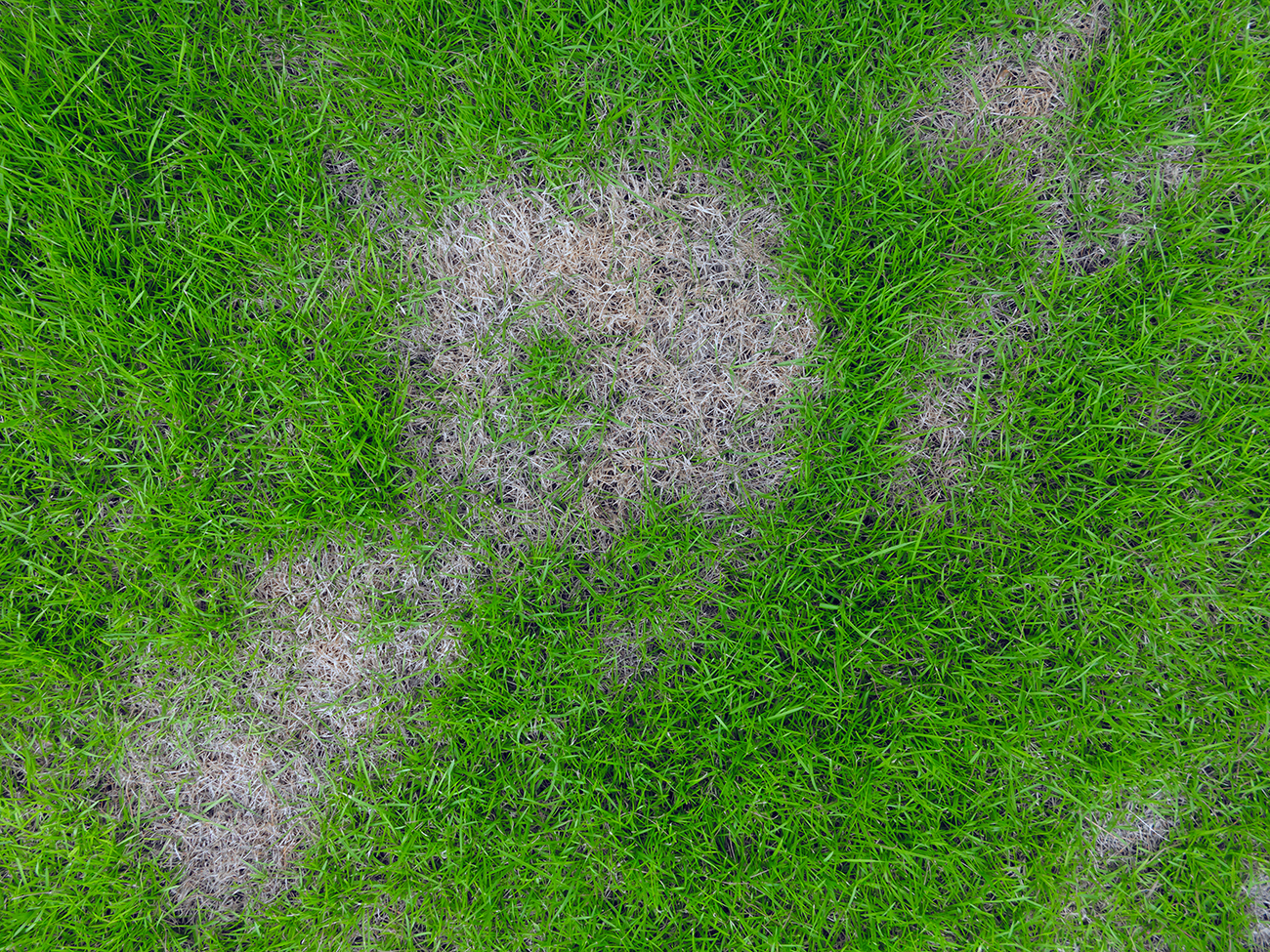Fungus, Pests & Weeds
Preventing lawn disease
Lawn Grub
Identification, Treatment and Prevention
WHAT ARE LAWN GRUBS? Lawn grubs, often called white grubs, are the larvae of various beetles in your region, such as Japanese, June or Chafer beetles. They damage your lawn from below, feeding on organic matter and grass roots, causing sections of grass to die.
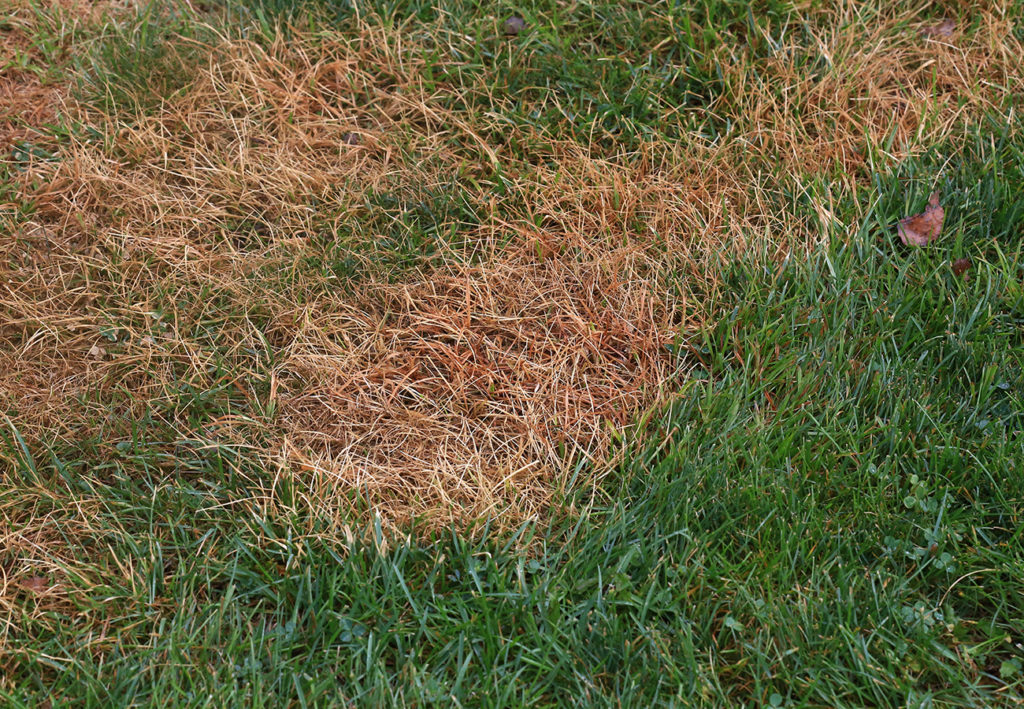
Locating and identifying grubs is a simple task:
- Use a shovel to dig up a few frisbee-size samples of bare, brown or softened spots of turf.
- Dig down to a depth of 2" and look for one-inch long, C-shaped white grubs.
- Ten grubs per square is a clear indicator of a grub infestation and they should be treated to prevent future damage and spread.
- Another indicator would be an increased presence of animals that feed on the larvae, such as birds and moles.
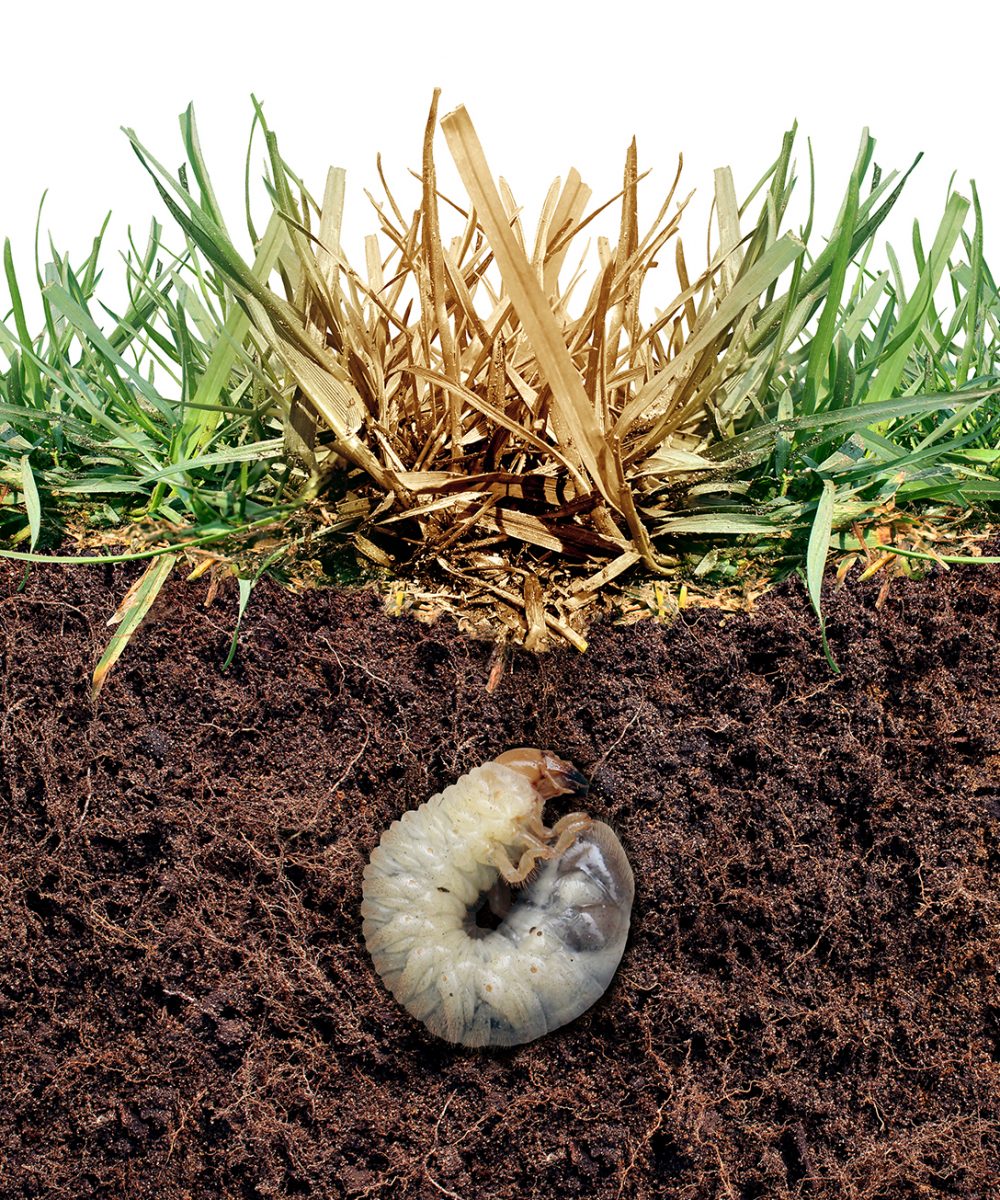
Treatment and Prevention
Once you have identified the grubs, treat the affected area applying an insecticide, such as Bayer Dylox® 6.2, to kill the grubs.
Using a product to control the grubs, such as Scotts® GrubEX®, prevents future damage and can last for up to four months.
When used as directed, Scotts® GrubEX® can also be effective in controlling mole crickets, sod webworms, chinch bugs, cutworms and other insects. Bayer Dylox® 6.2 should only be used when grubs are present.
Lawn Fungus
Identification, Treatment and Prevention
HOW TO SPOT LAWN FUNGUS? Increased rainfall, standing water and even snow can cause fungus during the winter months, revealing itself in the spring. Have you noticed browning spots on your lawn or maybe even some mushrooms? If so, there is a good chance you have fungus.
Here are some telltale signs you have fungus:
- Yellow, brown or white rings
- Orange, gray, black, red or even purple spots
- Thinning, discolored grass
- Slimy or greasy looking grass
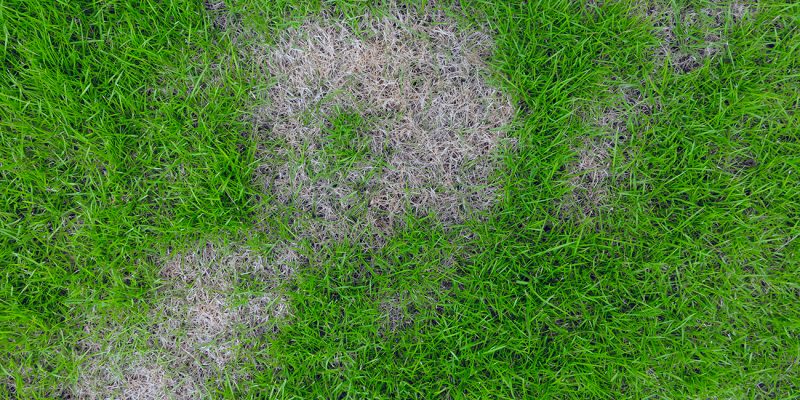
Treatment and Prevention
It is fairly easy to treat lawn fugus. Simply apply lawn fungicide, as directed, to the damaged area.
Some experts suggest using a granular fungicide, so you are not introducing more water to the area.
Maintaining a healthy lawn with proper mowing, watering and feeding will also help minimize the appearance or recurrence of fungus.


